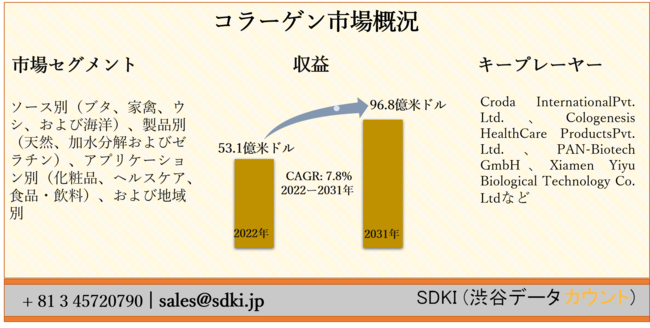Bioplastics are primarily a biodegradable group of polymers that can be manufactured from renewable sources. Conventional plastics are increasingly becoming unpopular due to the fact that they can last for a very long time, can be hazardous to current life and the ecosystem in general, and rely heavily on the oil and gas industry for raw materials. Conventional plastics are used in nearly all industries as material for casings, electronics, packaging, and many other products. This high volume of products made out of materials that will not be degraded for centuries is creating a high level of concern, especially in developing economies, and emerging ones are swiftly following suit.
Download Brochure@
Statistics show that plastics are currently the third most commonly used byproducts from the oil and gas industry and the global consumption rate of plastics has crossed 200 mn tons per year. Several countries are banning the use of conventional plastic bags. Massive deposits of plastics in the ocean are responsible for the large scale death of marine and aerial species due to either ingestion or by getting stuck in them. Nations, individuals, and private agencies are protesting very strongly against the large scale use of plastics, while promoting the use of biodegradable plastics, or bioplastics. Bioplastics can be manufactured from naturally occurring polymer chains in agricultural waste, potatoes, corn starch, and cellulose. These plastics are completely biodegradable, have a far shorter lifespan than conventional plastics, and are already in large scale use in healthcare and pharmaceuticals, packaging, textiles, and agriculture.
Plastics have widespread applications across just about every imaginable human endeavor, and the packaging industry is a prime example. Plastics are among the most commonly used packaging materials today. Their high durability, eponymous plasticity, poor thermal and electrical conductivity, and impermeability to water have made the use of plastics essential in the packaging industry.
Bioplastics have been developed to eliminate the problems caused by conventional plastics. Bioplastics are made from biodegradable feedstock, which means they can degrade into the soil like any other organic matter. The global market for bioplastic packaging has been driven by the rising awareness among the global population about the adverse effects of conventional plastics, which has led to both consumers and regulatory bodies opt for bioplastics instead. Bio-PET and polylactic acid are the major types of bioplastics used for packaging around the world.
The growing awareness among the general population about the ecological impact of their lifestyles is another key driver for the global bioplastic packaging market. Bioplastic packaging can, in fact, be used as a USP by packaging companies targeting environmentally conscious consumers.
The need to balance the physical properties of plastics and the biodegradability of organic matter leads to high production costs, which leads to premium prices. Technological innovations and government incentives are likely to erase the price gap between conventional and bioplastics eventually, but the global bioplastics packaging market faces an uphill battle till then.
Europe is currently among the largest regional markets for bioplastic packaging. The EU has been supportive of several environmental protection initiatives and several countries in Europe have incentivized bioplastic packaging, driving the regional bioplastic packaging market. Once the price gap between bioplastics and conventional plastics is eradicated, Asia Pacific could make rapid progress in the global bioplastic packaging market.
Key players in the global bioplastic packaging market are BASF SE, Koninklijke DSM N.V., NatureWorks, LLC, Metabolix, Inc., and The Dow Chemical Company.







0 comments:
Post a Comment